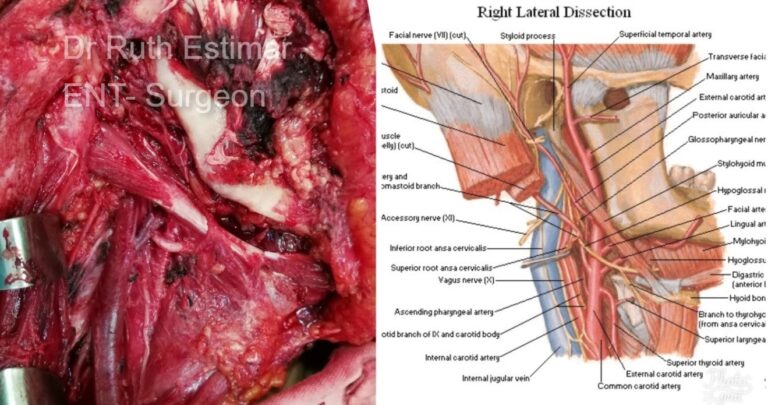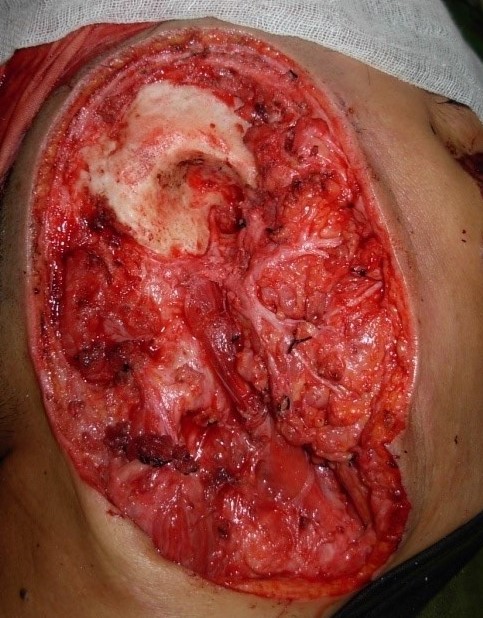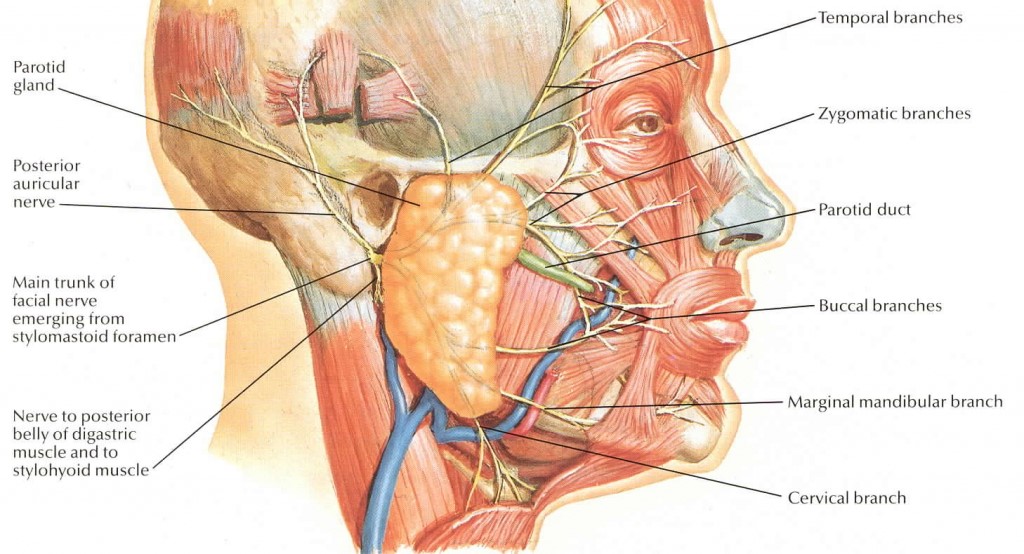“Doctor, when i undergo a thyroidectomy, will I not be able to talk for a month? My neighbor said so”
“Doctor, when have my mass from the parotid gland removed, will half of my face not be able to move?
As an ENT doctor and head and neck surgeon in Palawan, the questions above are just some concerns I get from patients before undergoing any major operation. And I understand where the fear is coming from.
Nerves in Head and Neck Surgery
The head and neck is the a very delicate area when it comes to surgery. After all, this is where 4 of the 5 senses are located (sense of sight, hearing, smell and taste). It also contains the nerves which control the movement of the face as well as the movement of the vocal cords which is crucial to our communication and swallowing, among other things.
Have you tried looking for a needle in a haystack? This is an analogy for finding these important nerves under big tumors in the head and neck. However, advances in modern science have made it possible to look for these nerves with the right knowledge of anatomy and the right surgical technique.
The Nerve in Thyroid Surgery

See this picture on the left. This is a thyroidectomy procedure (we were removing a goiter from a patient). occupying the upper half of the picture is the thyroid gland being held by Babcock clamps . See the white thing (in the center of the picture) being pointed to with the forceps and the green arrow? That is the recurrent laryngeal nerve inserting at the cricothyroid area to control the vocal cords. The yellow round thing at the end of the blue arrow is the parathyroid gland, which controls calcium production
In the picture above, you see how small these important structures are in relation to the surrounding structures. The nerve in this area typically has a diameter of 0.8 MILLIMETERS. And this is a small thyroid gland. it was around 4 x 3 CENTIMETERS. We’ve done surgeries with tumors much bigger (as much as 4 times this size) than this, and still preserved the nerve and the parathyroid, AND still had minimal blood loss. It’s all about knowledge, skills and attention to details.
The Delicate Neck Structures
Below is another picture of detailed anatomy in a head and neck surgery. This is a parotid cancer, cancer of the salivary gland. (To read about this surgery, read here.) On the right side is the diagram of the anatomy of the right side of the neck and jaw. See how delicate neck surgery is with all the great vessels supplying the head as well as nerves controlling tongue movement, shoulder movement, diaphragm movement. Any trauma to these structures will be harm the patient, and may affect him or her for the rest of her life.

The Nerve in Ear Cancer Surgery
This next picture is a big head and neck surgery done on an ear cancer. This is a picture after we removed the tumor from the external ear, drilled down the mastoid bone (bone beneath the ear) and traced the facial nerve from bone up to the 5 branches. See the beautiful detail to anatomy on the left, compared to the nerve diagram on the right?


In summary, the head and neck are very delicate parts of your body. Head and neck surgery involves preserving the nerves which, when damaged, may cause difficulty in speaking, eating, swallowing, smiling, closing your eyes, and even breathing.
I hope these pictures of surgeries show how important it is for you to choose a knowledgeable and competent ENT doctor and surgeon especially when it comes to head and neck surgeries.
Experience expert ENT surgical care tailored to your needs.
Book now to schedule your appointment with our skilled ENT surgeon now and take the first step towards a healthier you.
Your well-being is our top priority.

